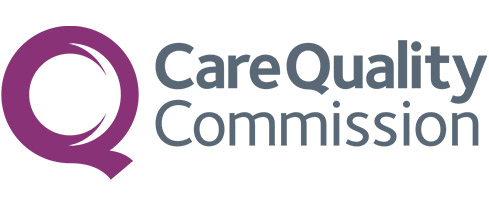Varicose veins are a common condition that affects millions of people worldwide. These
enlarged, twisted veins typically appear in the legs and can cause discomfort and pain for
those who have them. At its most mild, it causes spider veins, which are by and large
cosmetic problems only, but can be associated with aching understanding the causes,
symptoms, and treatment options for varicose veins is crucial for managing this condition
effectively.

🩸Causes
Inside your veins, there are tiny valves that control the direction in which the blood flows. When working properly, these valves ensure the blood flows in one direction only: up your legs from your foot to your heart. However, if these valves fail or weaken, it causes the blood to flow backwards (i.e. in the wrong direction), and the blood starts to accumulate in the veins, causing them to enlarge and bulge out of your leg becoming varicose. Several factors can contribute to the development of varicose veins, including genetics, age, obesity, pregnancy, and prolonged periods of standing or sitting.
This failure of valves within the veins results in a condition called venous insufficiency and reflects impairment of drainage through the veins affected, which can manifest in many ways.
🩸Symptoms
The most common symptom of varicose veins is the appearance of swollen, twisted veins that are visible just beneath the surface of the skin. This has an adverse effect on sport participation, enjoyment of holidays and plenty of other leisure activities. Other symptoms may include aching or heaviness in the legs, cramping, swelling, itching, and a feeling of restless legs. In severe cases, varicose veins may lead to skin ulcers or blood clots.

🩸Treatment Options
Several treatment options are available for varicose veins, ranging from self-care measures to medical interventions. Lifestyle changes such as regular exercise, maintaining a healthy weight, and elevating the legs can help alleviate symptoms and prevent varicose veins from worsening.
Compression stockings are often recommended to improve circulation and reduce swelling in the legs. These specially designed stockings apply pressure to the legs, helping to support the veins and prevent blood from pooling.
Medical interventions for varicose veins may include procedures such as sclerotherapy, laser therapy or radio frequency ablation. Sclerotherapy involves injecting a solution into the affected veins, causing them to collapse and eventually fade away. Laser therapy uses heat energy to seal off varicose veins, while vein stripping involves removing the affected veins through small incisions.
In some cases, more invasive procedures such as endovenous ablation or vein bypass surgery may be necessary to treat severe varicose veins.

🩸Prevention
While varicose veins may not always be preventable, certain lifestyle changes can help reduce the risk of developing them. Maintaining a healthy weight, staying physically active, avoiding prolonged periods of standing or sitting, and wearing compression stockings can all help improve circulation and lower the likelihood of varicose veins.
If you feel like you may have any concerns regarding varicose veins, we offer an initial Varicose Veins consultation where we can ultrasound the area of concern and determine diagnosis and treatment plan as we also can provide a number of treatments, allowing you to take proactive steps to mange your condition and improve your overall well-being.
Book your appointment now via:














